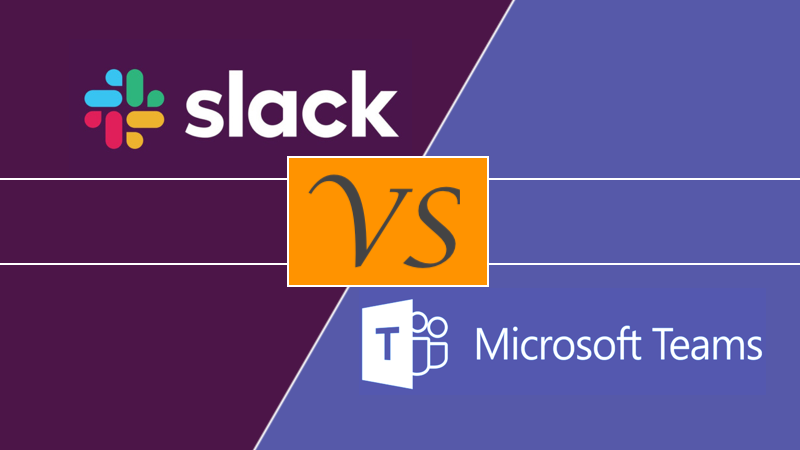Mobile messaging apps have become an integral part of our daily lives, allowing us to …
In the fast-paced world of modern business, effective team collaboration is essential. Two leading players in the collaboration software arena are Slack and Microsoft Teams. These platforms enable teams to communicate, share files, and collaborate in real-time. But which one is the better choice for your organization? In this article, we’ll compare Slack and Microsoft Teams to help you make an informed decision.
Slack:
Slack is a popular team collaboration tool known for its user-friendly interface and robust features. It’s designed to streamline communication and reduce email clutter. Here are some key features of Slack:
- Channels: Slack organizes communication into channels, making it easy to categorize discussions by topic, project, or team. This helps keep conversations organized and accessible.
- Integration: Slack offers an extensive library of integrations with various third-party apps, allowing teams to centralize their workflow and bring important information into one platform.
- Searchability: Slack’s powerful search functionality enables users to quickly find past messages, files, and conversations, enhancing productivity.

- Real-time Collaboration: Slack excels in real-time messaging, making it a great choice for teams that require rapid communication.
- Customization: Slack allows users to customize notifications, choose app themes, and create custom emojis, fostering a personalized user experience.
Microsoft Teams:
Microsoft Teams is a part of the Microsoft 365 suite and is designed to enhance collaboration within organizations. It integrates seamlessly with other Microsoft applications like Word, Excel, and SharePoint. Here are some highlights of Microsoft Teams:
- Integration with Microsoft 365: Teams is deeply integrated with Microsoft’s productivity tools, allowing seamless collaboration within the Microsoft ecosystem.
- Channels and Tabs: Similar to Slack, Teams uses channels to organize conversations. Additionally, Teams offers tabs that allow users to add documents, apps, and services directly into the platform.
- File Sharing: Teams provides robust file sharing capabilities, allowing users to collaborate on documents in real-time, which is particularly beneficial for organizations heavily reliant on Microsoft Office Suite.
- Video Conferencing: Teams offers built-in video conferencing and meeting scheduling features, making it a comprehensive solution for virtual meetings.
- Security: As part of Microsoft 365, Teams adheres to enterprise-level security and compliance standards, which can be appealing to organizations with strict data protection requirements.
Comparison and Considerations:
When choosing between Slack and Microsoft Teams, consider the following factors:
- Ecosystem: If your organization primarily uses Microsoft 365 applications, Teams provides a seamless experience with deep integration.

- Customization: Slack offers more customization options, while Teams offers a structured and unified experience within the Microsoft environment.
- File Sharing: Teams may be more suitable for organizations heavily reliant on collaboration within Microsoft Office apps.
- Real-time Communication: Slack is renowned for its real-time messaging, making it an excellent choice for rapid communication.
- Pricing: Both platforms offer free and paid plans, but the specific needs of your team may impact the overall cost.
In conclusion, both Slack and Microsoft Teams are powerful collaboration tools with their unique strengths. Slack is known for its versatility, real-time messaging, and extensive integration options, while Microsoft Teams offers a seamless experience within the Microsoft ecosystem, particularly for organizations using Microsoft 365 applications. Assess your team’s communication needs, software preferences, and integration requirements to determine which collaboration tool aligns best with your organization’s goals.



